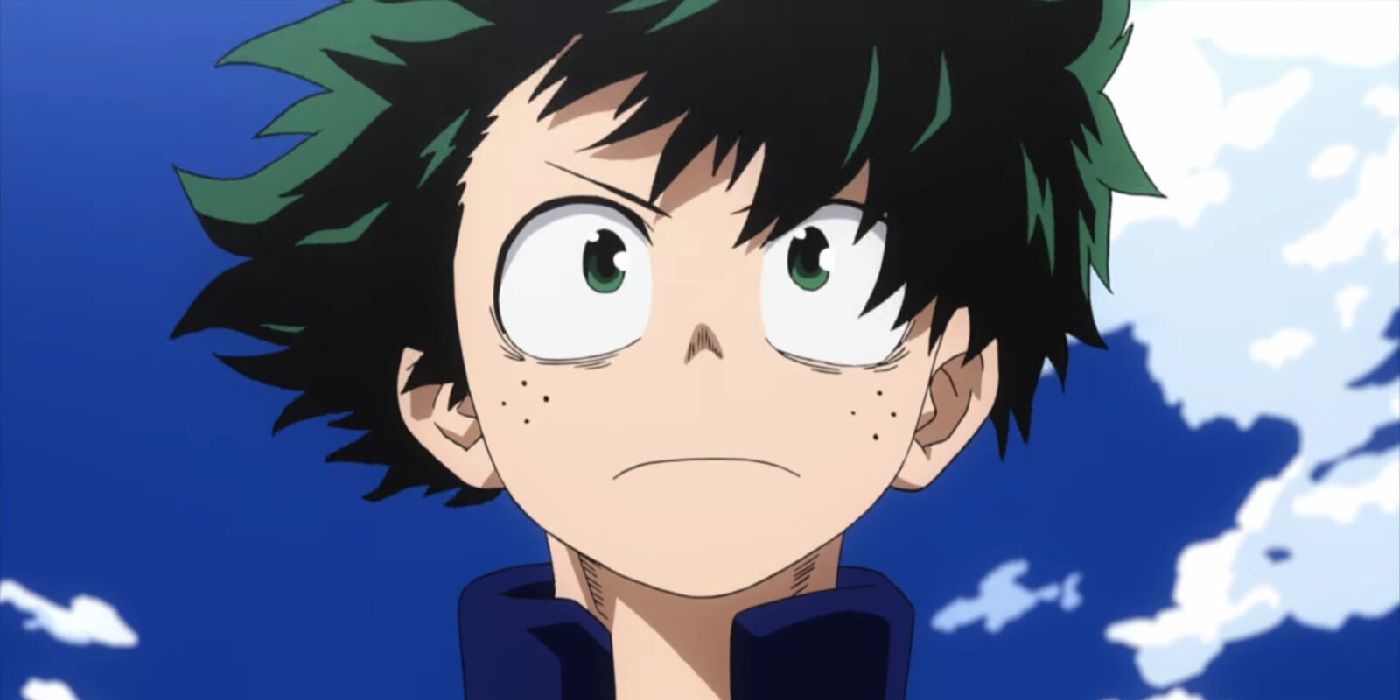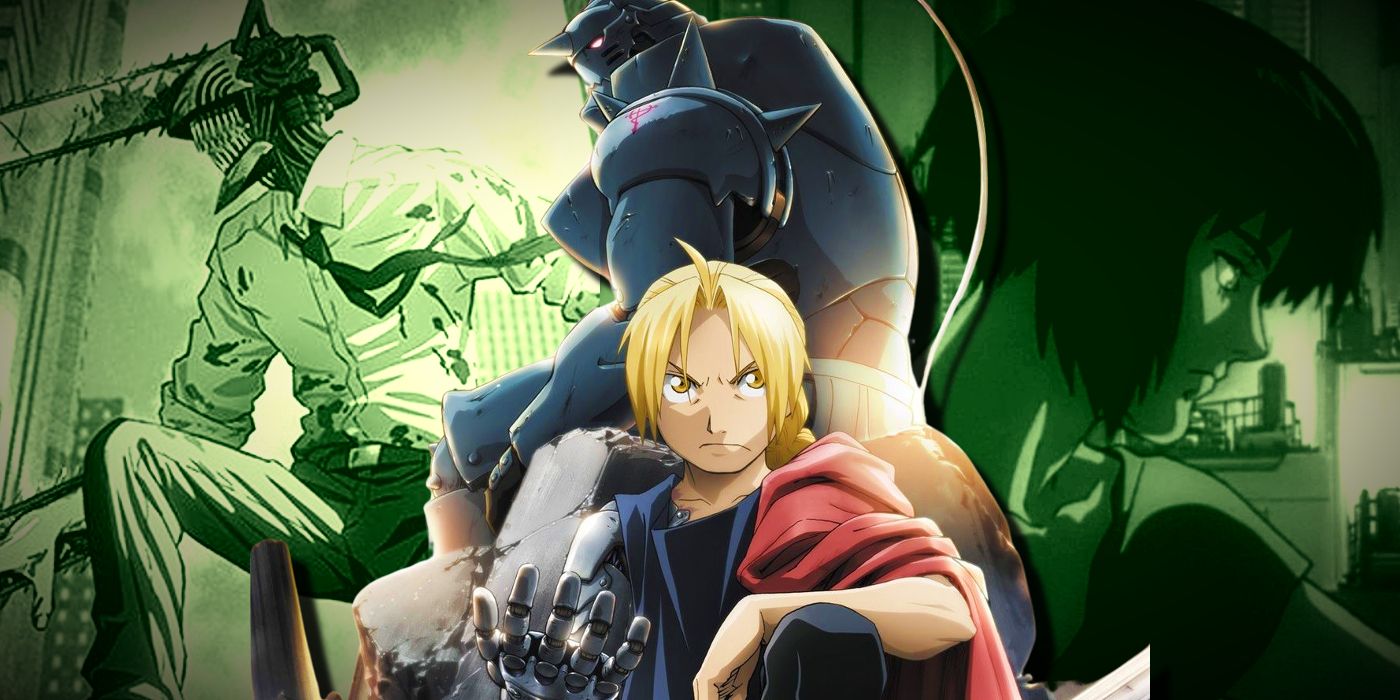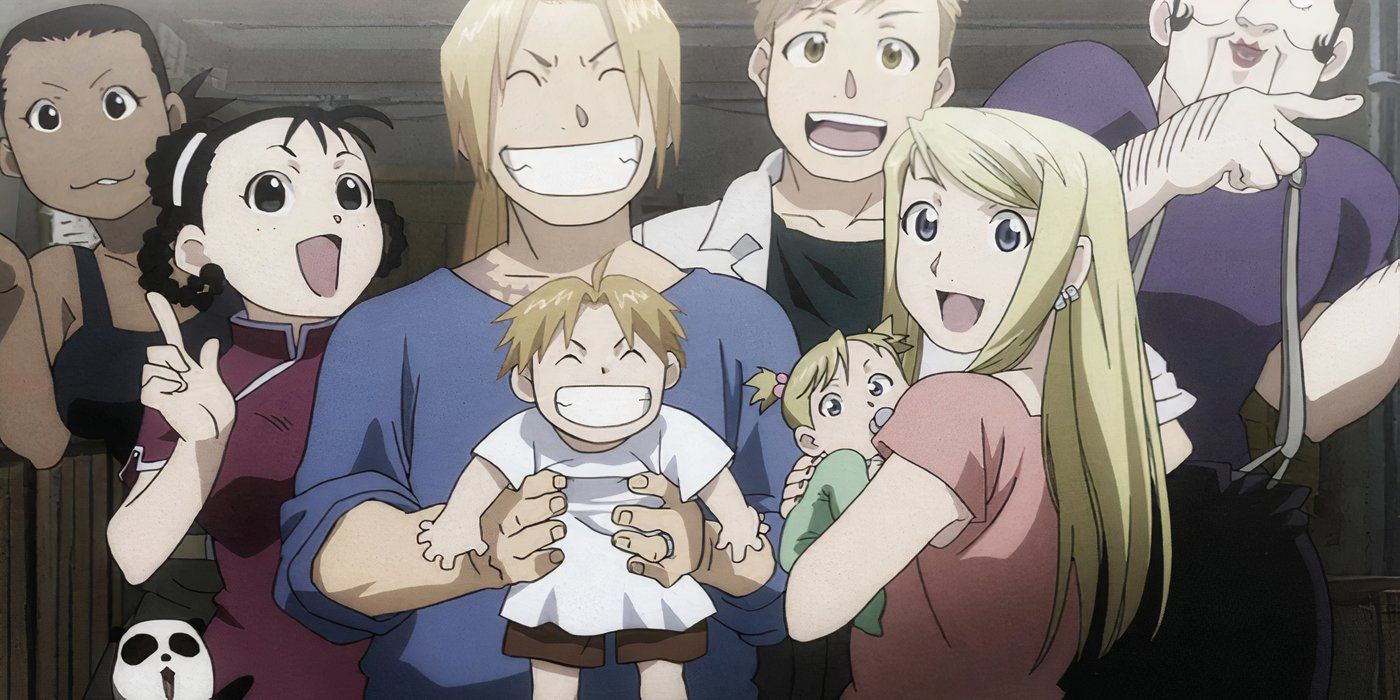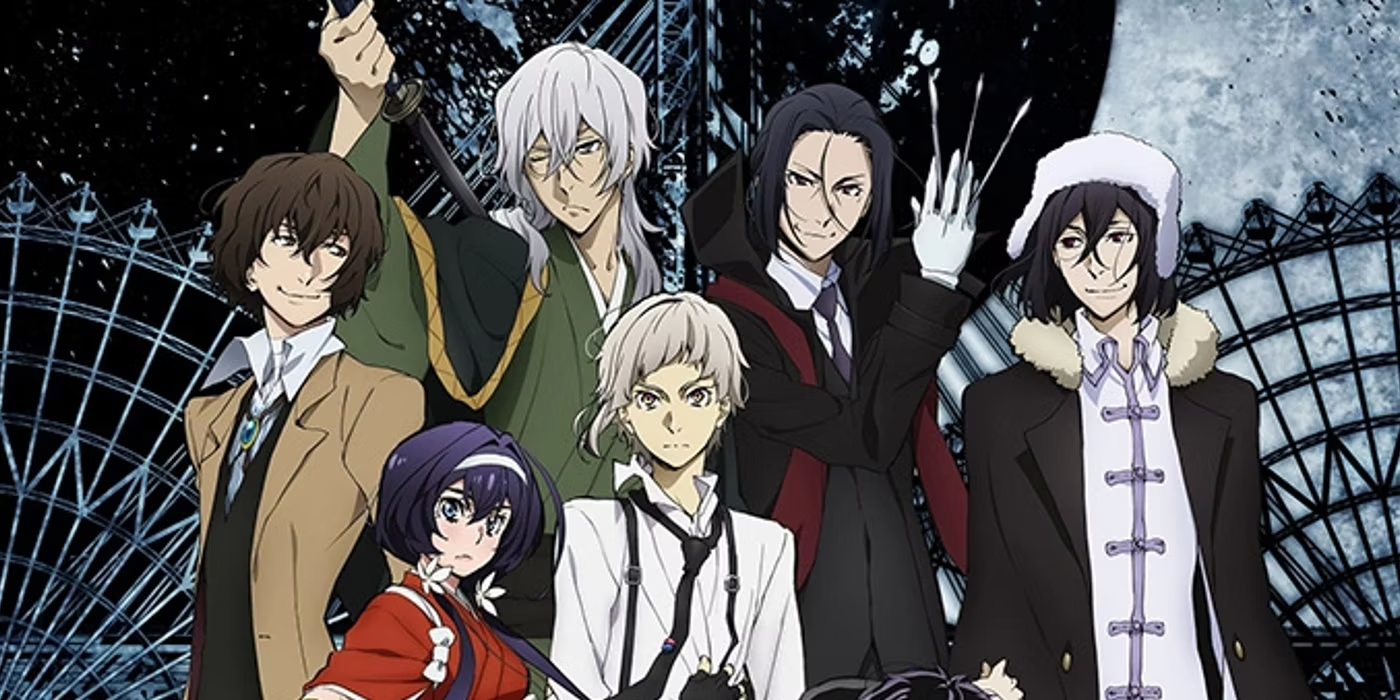Ever since anime became mainstream overseas, the rate at which new series come out has only accelerated. Animation studios are constantly emerging, branching, merging, and shutting down. However, there’s one giant out there who in 2024 is celebrating its 25th anniversary: Studio Bones, the studio responsible for producing some of the most iconic anime series ever: Fullmetal Alchemist, Ouran High School Host Club, Soul Eater, and, of course, My Hero Academia.
Despite having such a vast and diverse portfolio, it’s not often that the community comments on Studio Bones as an entity. Unlike other studios like MAPPA and Kyoto Animation, that have got a distinct style that’s recognizable at first glance, Studio Bones doesn’t really have key characteristics or a set personality when it comes to their visual style.

This might partially be because, in reality, Studio Bones is not one, but actually five different studios that work under the same name.

Related
10 Best Anime Studios
With the rising popularity of anime, more fans have been looking into the studios behind their favorite shows, wondering which ones are the best.
The History of Studio Bones: Building From Talent
The iconic studio has shockingly humble beginnings

Studio Bones was founded in late 1998 by Masahiko Minami, Hiroshi Osaka and Toshihiro Kawamoto, three already talented animators that came from Studio Sunrise (known for Cowboy Bebop and Code Geass). Their first ever work was Hiwou War Chronicles, an original piece that was relatively well received, considering it was adapted into manga and also dubbed to english later on. Ever since then, the production team has only grown, leading up to 2003 when they released the first anime adaptation of Fullmetal Alchemist, which undoubtedly held the studio highly to both critics and the audience.
In their early days, Studio Bones was not a big company, and they could only work on three anime series simultaneously, at most. At one point, they were recognized as a studio specializing in mecha anime, thanks to the production of Eureka Seven, another original work that was praised and continues to be influential in the genre even to this day. That reputation didn’t stick, as more and more projects were released, and the studio grew, leading to its current branched state. There are currently five divisions that are labeled with letters from A to E. Branch E is the one in charge of their most recent project: Metallic Rouge, and did not exist before that.
Some Studio Bones’ Divisions Focus on a Project at a Time
This helps the animators and other production members pour all their efforts into a single series or film

Studio Bones has worked on over 50 productions, and it’s only natural that they all don’t look the same. However, there are some series that have such a different look and feel between them that it’s hard to believe that they’re done by the same people (because they are not). For example, studio C is now solely dedicated to the production of My Hero Academia. This was the same studio that produced Darker Than Black and Soul Eater, keeping some kind of consistency with the “battle shonen” theme, though it’s not like they are exclusively dedicated to this kind of series.
Other “prettier” and refined-looking anime, like Carole & Tuesday and The Case Study of Vanitas, are produced by studio A. Studio B works on more varied series, but still visually striking, like Mob Psycho 100, and Snow White with the Red Hair. My Hero Academia is the only anime that has got an entire division dedicated to its production, but Bungou Stray Dogs is a close second, with studio D dedicating most of their time to that project. In the past, they were responsible for perhaps Bones’ most critically acclaimed production, Fullmetal Alchemist: Brotherhood.
Bones Branch | Anime Series Produced – Chronologically |
|---|---|
Studio A | Hiwou War Chronicles, Angelic Layer: Battle Doll, Wolf’s Rain, Kurau Phantom Memory, Jyu-Oh-Sei, Ghost Slayers Ayashi, Heroman, Gosick, Noragami, Soul Eater Not!, Blood Blockade Battlefront (teamed with studio C), Noragami Aragoto, My Hero Academia (first season), Dragon Pilot: Hisone and Masotan, Carole & Tuesday, Godzilla Singular Point, The Case Study of Vanitas |
Studio B | RahXephon, Scrapped Princess, Mars Daybreak, Eureka Seven, Skull Man, Eureka Seven: AO, Otona Joshi no Anime Time: Life’s Best 10, Space Dandy, Space Dandy 2, Snow White with the Red Hair, Snow White with the Red Hair 2, Mob Psycho 100 (all seasons), Blood Blockade Battlefront & Beyond, |
Studio C | FullMetal Alchemist, Ouran High School Host Club, Darker than Black: The Black Contractor, Soul Eater, Darker than Black: The Gemini Meteor, Star Driver, Un-Go, Tenkai Knights, Captain Earth, Concrete Revolutio, Concrete Revolutio: The Last Song, My Hero Academia (season 2 onward) |
Studio D | Fullmetal Alchemist: Brotherhood, No.6, Blast of Tempest, Chaika – The Coffin Princess, Chaika – The Coffin Princess: Avenging Battle, Show by Rock!!, Bungou Stray Dogs (all seasons), Show by Rock!! Short!!, Show by Rock 2!!, SK8 the Infinity (all seasons) |
Studio E | Metallic Rouge |
Studio Bones Has Prominent Staff With Iconic Styles
There are staff members who work on productions regardless of the division, and whose work has become so recognizable that it is already a staple of the studio. The most notable case is perhaps the animation style of Yutaka Nakamura. He doesn’t work exclusively with Studio Bones, but mostly with them. His way of breaking down debris into cubes in action scenes and employing elongated extremities to emphasize movement is incredibly recognizable. Along Nakamura is Hiroki Kanno, a character designer and animation director who has participated in some of Bones’ best series.
The brilliant director Shinichiro Watanabe, though he also doesn’t work exclusively with Bones, has also trusted the studio with his work (Space Dandy and Carole & Tuesday), also expressing that they are the ones who give him the most freedom. Kenta Yokoya is an animator who developed his career with Bones, starting as a mere in-betweener to now being one of the most requested key animators, having worked as main animator in Metallic Rouge and a key animator for the current season of My Hero Academia. He even worked with Mappa as a key animator for Jujutsu Kaisen 0.
Quality Above Everything: Studio Bones’ Original Formula
Even on the rare occasions they miss, Bones’ always delivers on animation quality
Bones has never been an animation studio that focuses on profit or getting the most series airing. Instead, they have always based their work on creative exploration, excellence, and dedication. Even today, it’s one of the few remaining studios that hasn’t fully implemented 3D animation into their process, still believing that hand-drawn action comes off as more satisfactory. Metallic Rouge, which served as a commemoration of the studio’s 25th anniversary, is a nod to Bones’ former reputation as a studio focused on mecha anime, even if it’s not the case anymore.
During these 25 years, the studio has faced some criticism. Fans commented on My Hero Academia’s downgrade in animation, especially in season 5. Some attiribute the appearance to the anime’s changing director, from Kenji Nagasaki, who was in charge of the first three seasons, to Masahiro Mukai. The pandemic was also an important factor that affected production not only for Bones, but for every other studio in general. Still, criticism only led them to improve, reinforcing the dedication that they always pour into their projects, something noticeable in their 25th Anniversary Documentary.
Studio Bones is one of the bigger studios out there, and it seems like every season they have got at least one production trending. Even though they haven’t got a signature general look like some other studios, the dedication the animators pour into their work is still noticeable, even if it’s easier to see in some anime than others. Hopefully, their upcoming announced projects, like Noragami season 3 and Sk8 the Infinity season 2, will showcase more of the amazing animation Bones is capable of producing.




